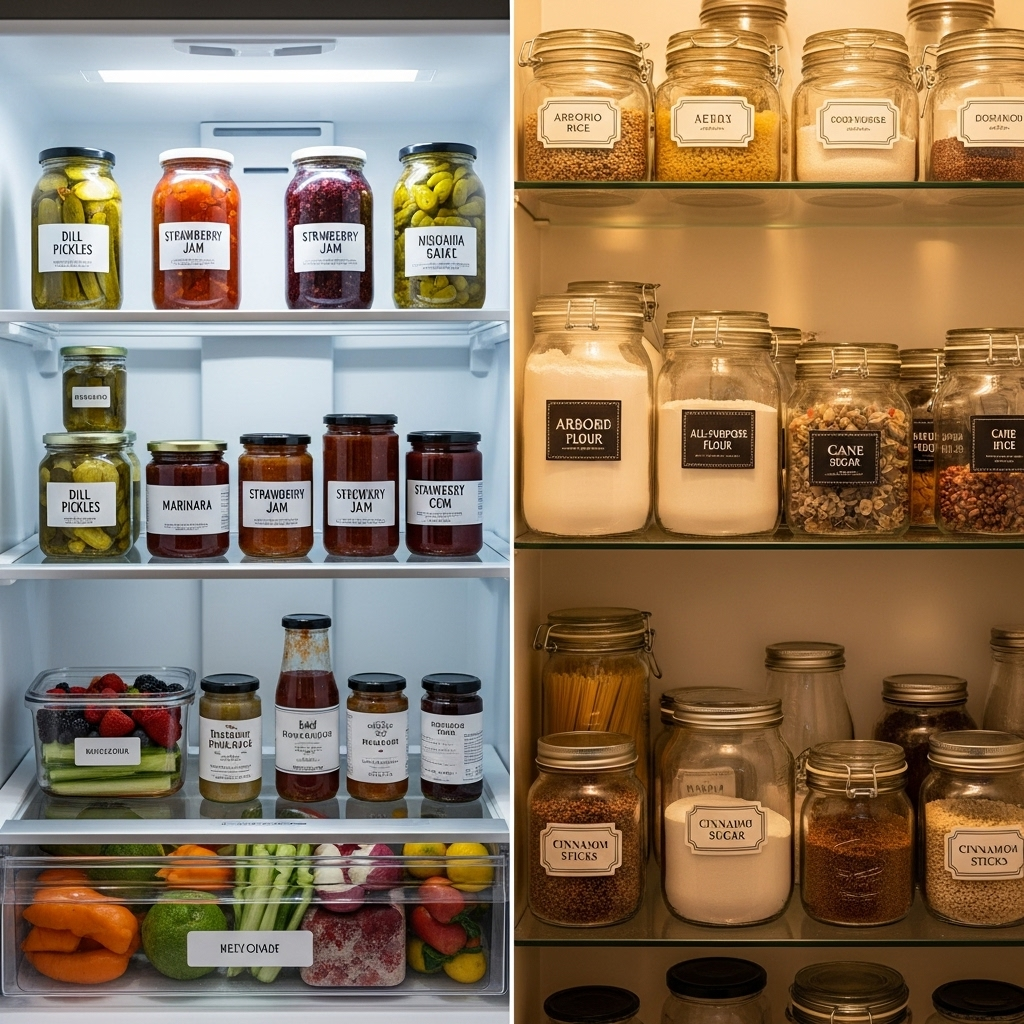How to Store Pet Probiotics Properly (Fridge or Not?)

Probiotics can be a helpful addition to your pet’s diet, supporting digestion, immune health, and recovery after antibiotics. How you store them affects whether the beneficial bacteria stay alive and effective. This guide explains practical, pet-owner friendly steps for keeping probiotic supplements, powders, liquids, and treats in top condition — and when refrigeration is really necessary.
Basic principles of probiotic storage
Probiotics are live microorganisms. Their usefulness depends on how many live colony-forming units (CFUs) remain by the time your pet consumes them. Temperature, moisture, light, oxygen, and time all influence viability. Follow these simple rules:
- Keep products in their original packaging — it’s designed to protect them.
- Follow the manufacturer’s storage instructions; they’re the authoritative source.
- Avoid heat and humidity (bathrooms, hot cars, near ovens).
- Limit exposure to oxygen and moisture by closing lids tightly after use.
- Use by the “best by” or “guaranteed potency” date, and note when you open the container.
Fridge or not? How to decide
1. Check the label first
If the label says “Refrigerate,” store the product in the refrigerator (ideal 35–46°F / 2–8°C). If it is labeled “shelf-stable,” you can keep it at room temperature — but with caveats (see below).
2. Shelf-stable products
Shelf-stable probiotics are formulated to withstand normal room temperatures (commonly up to about 77°F / 25°C). In cool, indoor conditions they can remain effective until the expiration date. However, in hot climates or during summer months, temperatures inside cabinets or cars can exceed safe levels, so refrigeration may help maintain potency.
3. Freeze-dried and powdered probiotics
Many pet probiotics are freeze-dried powders packaged in airtight, moisture-resistant containers or single-dose sachets. These are often stable at room temperature but are still sensitive to humidity and heat. Keep them sealed, dry, and away from sunlight. If you live somewhere very warm, refrigerate if the label permits.
4. Liquid probiotics and chewable/treat formats
Liquid probiotic formulations and many chewable treats often require refrigeration because live bacteria are more vulnerable in liquid vehicles. If the label specifies refrigeration, follow it. If it doesn’t, treat liquids as more fragile than powders and err on the side of cooler storage.
Where in the fridge to store them
- Use the main body of the refrigerator (back or middle shelf), where temperature is most stable.
- Avoid the door — temperatures fluctuate there each time the door opens.
- Keep probiotics away from raw meat and strong-smelling foods; store in original container or sealed bag.
Practical tips for everyday use
- Mark the date when you open a jar and use within the timeframe recommended on the label.
- Keep desiccant packs or oxygen absorbers in the container if supplied — don’t discard them unless instructed.
- When traveling, use an insulated bag with a cool pack for refrigerated products. Avoid direct freezing unless the manufacturer says it’s okay (freeze-thaw cycles can damage some strains).
- If you mix a powder into wet food, add it only at serving time and avoid mixing into hot food — heat can kill live bacteria.
- Store single-dose sachets in a cool, dry place and use immediately after opening.
Special considerations
Strain differences
Some probiotic strains are naturally more stable (for example, spore-forming Bacillus species) while others (certain Lactobacillus and Bifidobacterium strains) can be more sensitive. Labels rarely list strain-specific storage beyond “refrigerate” vs “shelf-stable,” so rely on the product instructions.
Expiration and guaranteed potency
“Best by” is not the same as “guaranteed potency.” Prefer products that guarantee CFU counts through the expiration date rather than only “at time of manufacture.” Even properly stored, probiotic potency declines slowly — using by the labeled date gives the best chance of effectiveness.
How to tell if a probiotic is no longer good
- Expired: discard after the expiration or “use by” date when possible.
- Changes in smell, color, texture, or visible mold — discard immediately.
- Packaging compromised (wet, swollen, punctured) — do not use.
| Pros | Cons |
|---|---|
| Slows loss of viability; extends shelf life for many products | Not all products require refrigeration — unnecessary chilling can cause condensation if moved between extreme temps |
| Reduces heat and humidity-related breakdown in warm climates | Space and attention required (must keep sealed and avoid freezer vents) |
| Helpful for liquid formulations and probiotics with fragile strains | Some shelf-stable formulas are specially built to be kept at room temperature — refrigeration may be unnecessary |
Common mistakes to avoid
- Storing probiotics in the bathroom or next to the stove — humidity and heat reduce viability.
- Putting refrigerated probiotics in the freezer unless explicitly allowed.
- Leaving powders or opened containers exposed to air and moisture.
- Relying only on “smell” to judge viability — lack of obvious spoilage doesn’t guarantee potency.
FAQ
Q: Can I freeze my pet’s probiotics to make them last longer?
A: Generally no, unless the manufacturer states freezing is acceptable. Freezing and thawing can damage some strains and cause condensation that lowers viability. Stick to refrigeration if recommended.
Q: How long do probiotics last after opening?
A: It depends on the product. Many opened powders are good for weeks to months if kept sealed and dry; refrigerated liquids often have shorter windows once opened (follow label guidance). Mark the open date and follow any “use within X days” guidance.
Q: My product is labeled “shelf-stable” but it’s hot where I live. Should I refrigerate?
A: If ambient temperatures regularly exceed 77°F (25°C), refrigeration can help maintain potency. If you refrigerate, avoid moving the product between very cold and warm environments repeatedly.
Q: Can I give human probiotics to my pet?
A: Human probiotics aren’t formulated for animals and dosages/strains may differ. Talk with your veterinarian before giving human supplements to your pet.
Key Takeaways
- Follow the product label — manufacturer instructions trump general advice.
- Refrigerate if the label says so; for shelf-stable products, keep cool, dry, and out of direct light.
- Avoid heat, humidity, sunlight, and frequent temperature swings.
- Use within the guaranteed potency window and discard expired or compromised products.
- When in doubt, ask your veterinarian for product-specific guidance, especially for sick or immunocompromised pets.
Disclaimer: This article provides general information about safe storage of commercial pet probiotic products and is not a substitute for professional veterinary advice. Product formulations vary — always follow the label and consult your veterinarian before starting or changing supplements for pets, especially if your pet has health conditions or is taking medications.

Leave a Reply